|| Master Diploma in Hardware Networking Engineer Course in Anand
The Master Diploma Hardware Network Engineer (MDHNE) Course in Anand is a specialized program designed to build expertise in mobile device hardware and networking. This diploma emphasizes the design, components, and operations of portable electronics like smartphones and tablets. It covers a comprehensive range of topics, including mobile hardware assembly, diagnostics, repair techniques, and troubleshooting common issues. The MDHNE course in Anand prepares students to meet the demands of the ever-evolving IT and networking industry with confidence.
The MDHNE course offers classes that delve into key topics such as mobile data networks, wireless communication protocols, and mobile security strategies. These classes focus on developing a solid theoretical understanding of networking principles. Alongside the coursework, hands-on training provides students with practical experience in configuring mobile devices, managing secure communication systems, and using mobile device management (MDM) tools effectively. This combination ensures that graduates can transition seamlessly into professional roles.
Obtaining a certification in Master Diploma Hardware Network Engineer (MDHNE), coupled with advanced courses like CCNA, AWS, cybersecurity, and ethical hacking, enhances students' career prospects significantly. The MDHNE certification validates their expertise in hardware and network integration, while CCNA training builds their knowledge of advanced networking. AWS certification equips them with cloud computing skills, and cybersecurity and ethical hacking certifications enable them to secure IT systems effectively.
The Master Diploma Hardware Network Engineer (MDHNE) Course in Anand is designed to develop skilled professionals who excel in hardware, networking, and security. This program offers a balanced mix of theoretical knowledge, practical expertise, and industry-relevant certifications, ensuring graduates are well-prepared to succeed in the IT field.





 4.8 (21,636) reviews
4.8 (21,636) reviews


 Read more
Read more 
